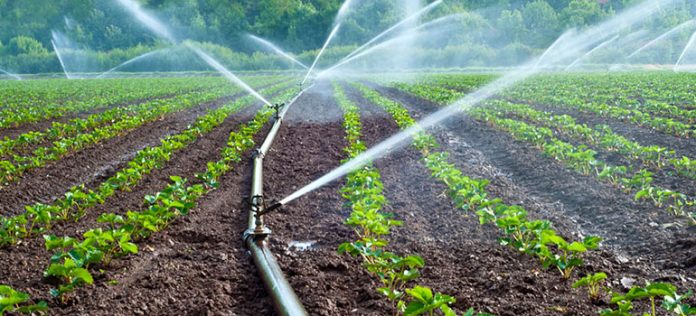LAHORE: Punjab needs a minimum of Rs13.674billion to improve 5,500 watercourses for irrigation to achieve the target of Punjab Growth Strategy 2018, it was learnt reliably.
The strategy, announced in March 2015 by Punjab Chief Minister Shehbaz Sharif, was to bring about revolutionary changes in agriculture sector on a top priority basis. Documents available with Pakistan Today indicate that despite the allocation of over Rs4 billion last year for 25 schemes, and Rs2.4billion in the current year for 14 new schemes, the majority of these projects are still pending and may take 3 more years for completion.
The strategy admits that agriculture sector suffers from inadequate availability and inefficient application of inputs, which fundamentally impact agricultural productivity and crop yields. However, improvement in water productivity is still far away in translating into ‘greater’ agricultural output per unit of water used, and achievement needs to improve physical delivery efficiency, irrigation practices, crop diversification and effective application of inputs.
Documents further mention that 90 per cent work has been pending for the rehabilitation of Degi Distributory with the system, and 80 per cent more is needed for Pakpattan Canal and Sulemanki Barrage for completion.
Documents state that supervision, technical assistance, and training would be needed for smooth implementation of project activities. They say that implementation, supervision, and assistance to the farmers and suppliers, and ensuring the quality of work carried out by farmers and suppliers/vendors etc., needs supervision.
In addition, they said, spot checking, covering quality and quantity aspects by third-party consultants, strategic studies and pilot projects are also needed.
The documents mention that pre-cast parabolic lining usage has also been initiated and it is becoming quite popular amongst the farmers. The on-farm water management projects, where parabolic segments have been used for lining watercourses, has proved highly successful and farmers are now demanding parabolic lining in preference over other methods.
Their capital cost is quite comparable to the traditional alternatives and their life is longer, and private industry is gearing up for mass production, the documents mention.




